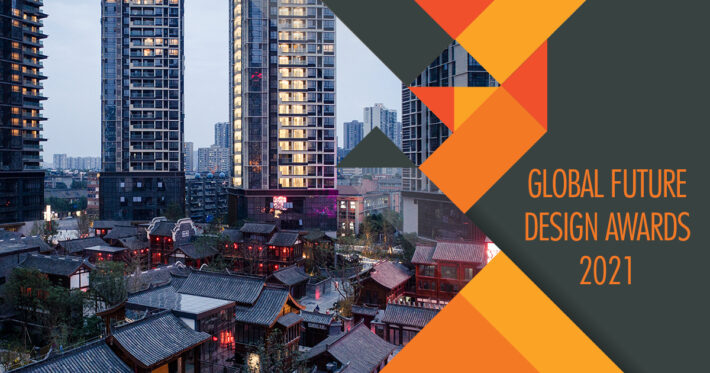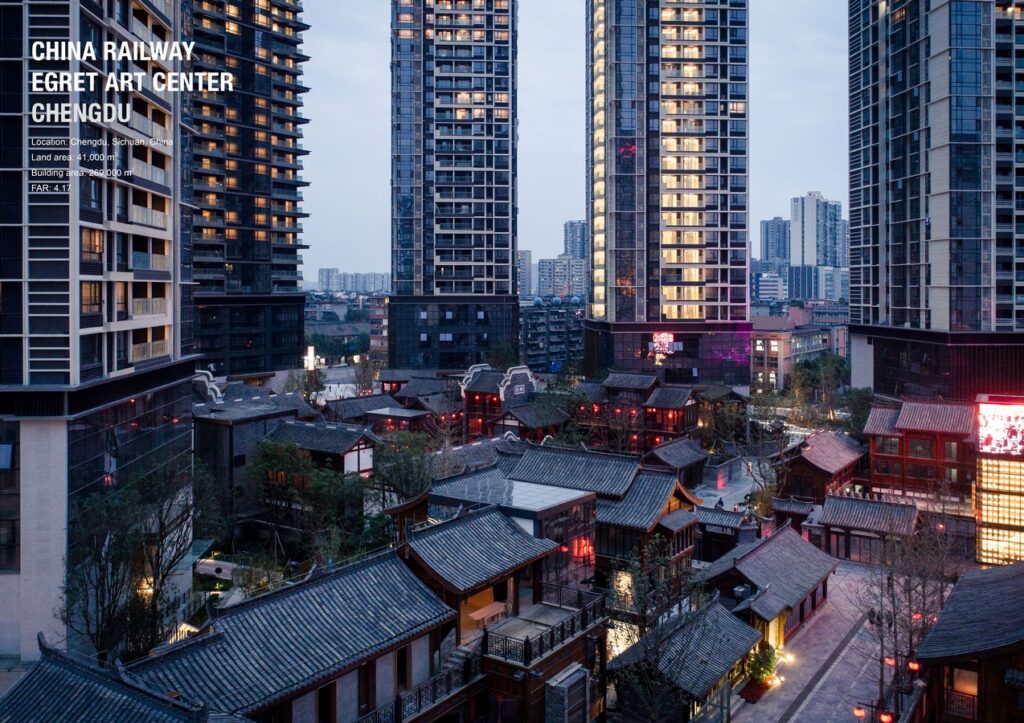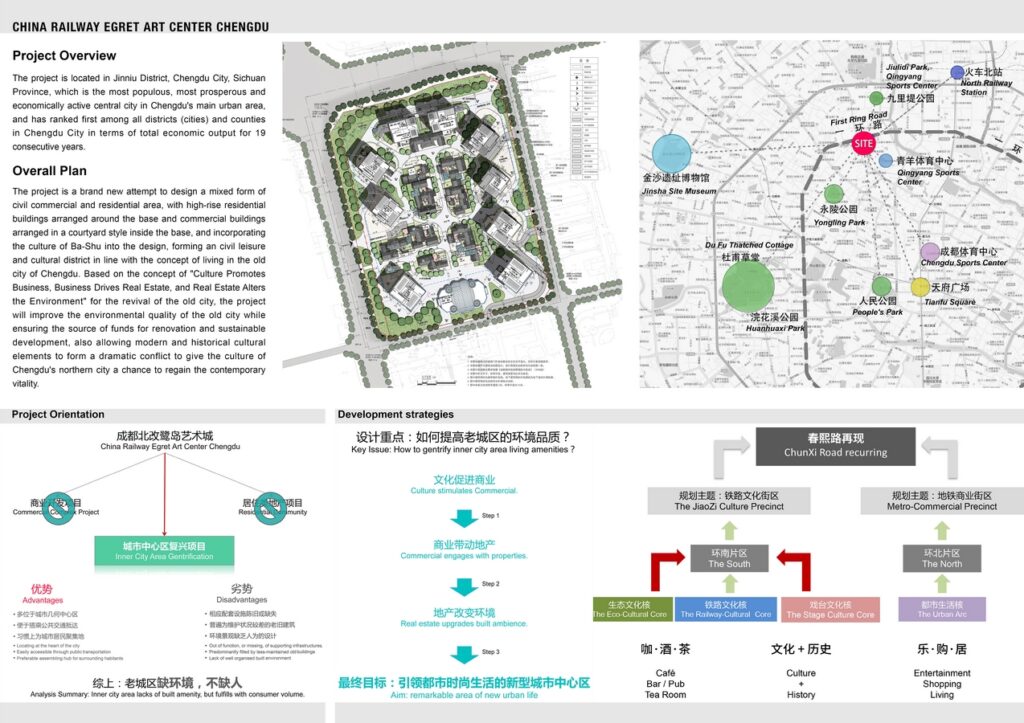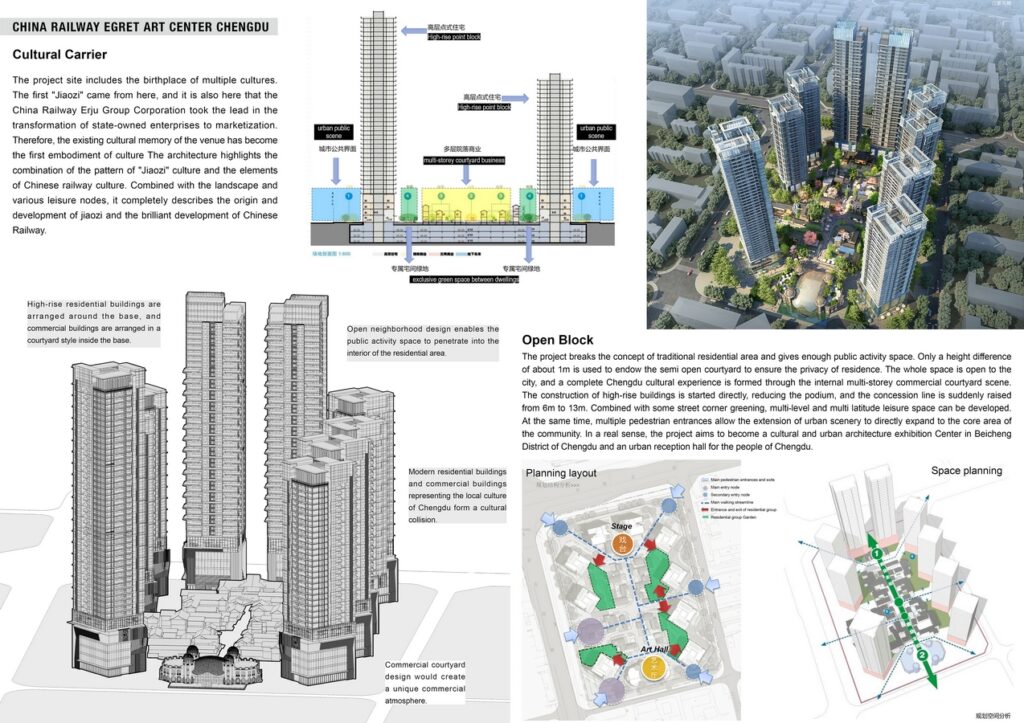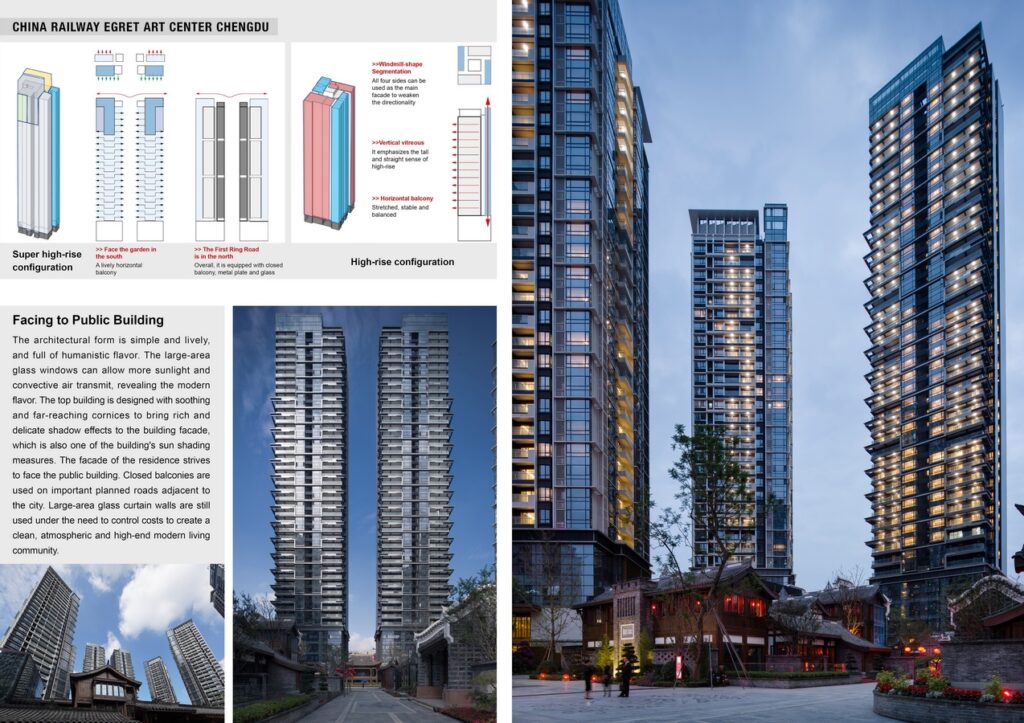The project is located in Tongjin Road subarea of what is habitually called “Half China Railway City” by Chengdu people. The buildings around the area are generally old ones with poor maintenance, and the area, with incomplete public facilities, has been left behind in terms of overall regional planning and development. With the unique Ba-shu cultural atmosphere of this project, according to the planning principle of changing the environment through real estate, a new-type urban central area is expected to be constructed to lead the fashionable life of the city.
Global Future Design Awards 2022: Discounted Entries Open Now! Save $50
Super Early Discount – 20th October 2021 to 30th December 2021 – $199 = $149
🏆 Winner
Global Future Design Awards 2021
China Railway Egret Art Center Chengdu
House Design Architecture Built
Firm
PT Architecture Design (Shenzhen) Co., Ltd.
Architect/Designer
PT Architecture Design (Shenzhen) Co., Ltd.
Design Team
Lifeng Wang,Weiji Zhu,Xi He,Zhen Wen,Junxiong Hu,Xu Huang,Erqiang Liu
Location
Chengdu, Sichuan, China
Country
China
Photographer/Copyright
©PT Architecture Design (Shenzhen) Co., Ltd.
This project is also a brand-new attempt to design the mixed form of civic commerce and residential areas. High-rise residential buildings are arranged around the base, and commercial buildings are placed inside the base in a courtyard style. Integrated with Ba-shu culture, a civic leisure culture block that conforms to the living concept of the old urban areas of Chengdu will be formed. Based on the revival concept for old urban areas of “culture promoting commerce, commerce driving real estate, and real estate changing the environment”, it can not only improve the environmental quality of old urban areas, but also ensure the source of funds for renovation, obtaining opportunities for sustainable development. It also makes the modern and historical cultural elements form a dramatic conflict, giving play to the Beicheng culture with contemporary vitality here.
In this project, the public activity space penetrates into the interior of the residential area, making the high-rise courtyards into commercial blocks, and the entire space is open to the city. Through multiple pedestrian entrances, the urban interface extends directly to the core area of the residential area, truly turning the project into a city living room.
The project also inherits the construction planning concept of “harmony between man and nature” in traditional culture, and tries its best to solve and improve the relationship between people’s entertainment, leisure, assembly, residence, work, communication and consumption. Each boutique courtyard has its own “temperament”, jointly creating a unique commercial atmosphere.


